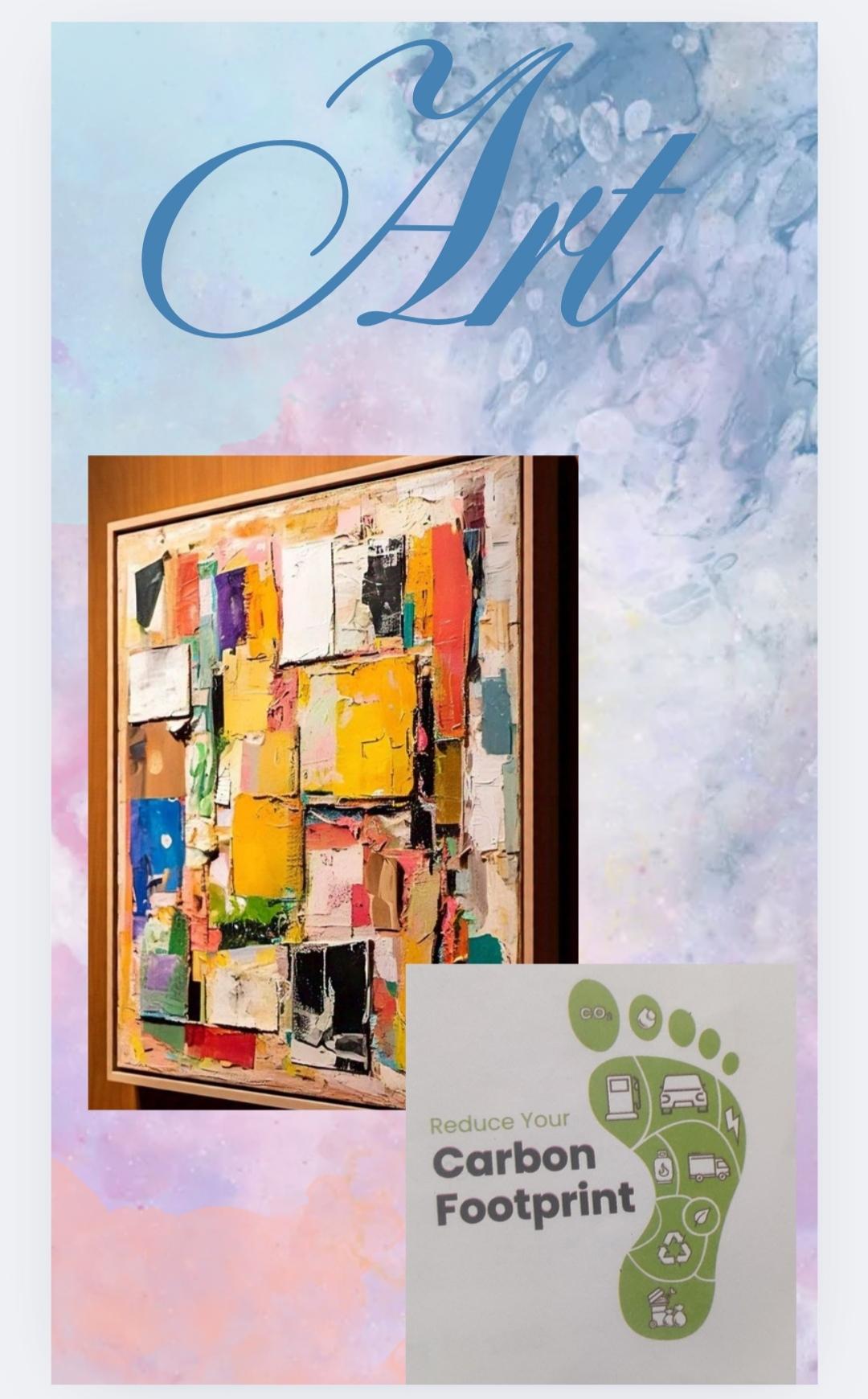Art: A Universal Language
Art is a diverse and ever-evolving form of human expression that has been a cornerstone of cultures worldwide for centuries. It encompasses a broad range of creative disciplines, including painting, sculpture, music, dance, theater, film, and photography.
History of art
The history of art spans thousands of years, from ancient civilizations to modern times. Early forms of art include cave paintings, petroglyphs, and sculptures from ancient cultures such as Egypt, Greece, and Rome. The Renaissance period saw a resurgence in artistic innovation, with masters like Leonardo da Vinci, Michelangelo, and Raphael pushing the boundaries of creative expression.
Types of art
Art can be categorised into various genres , including:
1. Visual Arts: Painting, sculpture, photography, and printmaking.
2. Performing Arts: Music, dance, theater, and film.
3. Applied Arts: Architecture, graphic design, fashion, and industrial design.
Elements of art
The fundamental elements of art includes:
1. Line: A continuous mark made on a surface.
2. Shape: A self-contained area with height, width, and depth.
3. Form: A three-dimensional volume created by lines, shapes, and colors.
4. Color: The property of an object that is perceived by the eye.
5. Texture: The surface quality or "feel" of an object.
Artistic Movements
Throughout history, various artistic movements have emerged, each with its unique style, philosophy, and techniques. Some notable movements include:
1. Impressionism: Emphasized capturing light and color.
2. Cubism: Fragmented objects into geometric shapes.
3. Surrealism: Explored the subconscious and the world of dreams.
4. Abstract Expressionism: Focused on expressing emotions through gestural brushstrokes.
Impact of art
Art has the power to inspire, educate, and transform individuals and societies. It:
1. Fosters creativity and imagination.
2. Provides a platform for self-expression and communication.
3. Preserves cultural heritage and historical narratives.
4. Challenges social norms and promotes critical thinking.
Conclusion
Art is a multifaceted and dynamic entity that continues to evolve and adapt to the changing world. Its significance extends beyond aesthetics, playing a vital role in shaping cultures, sparking creativity, and inspiring positive change.

